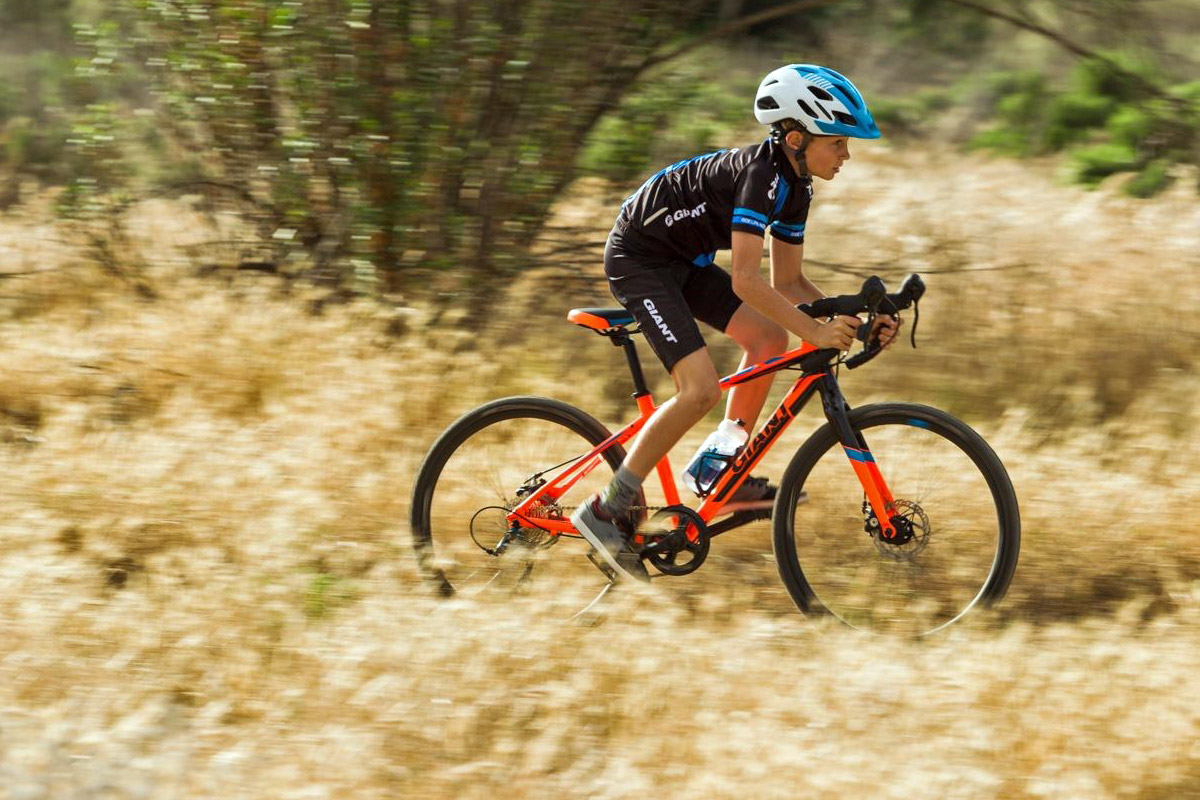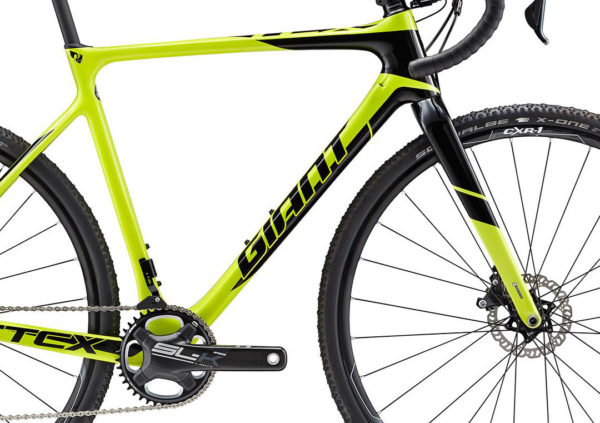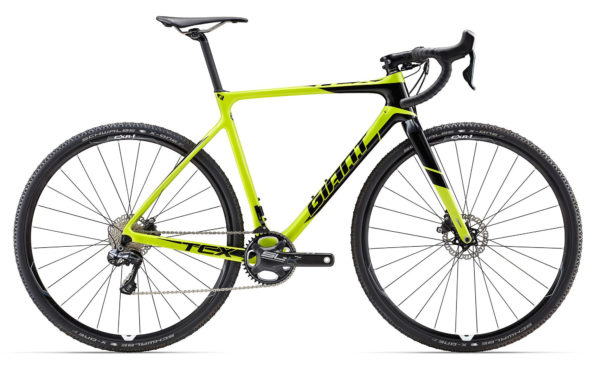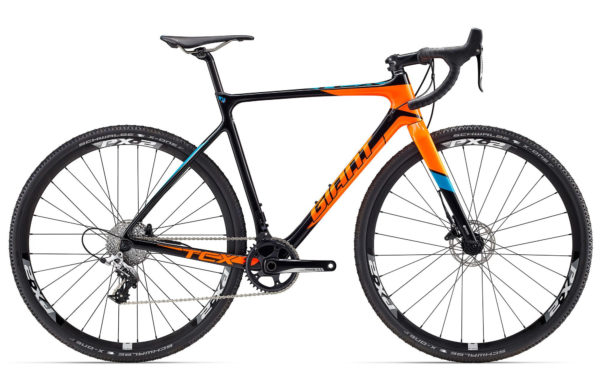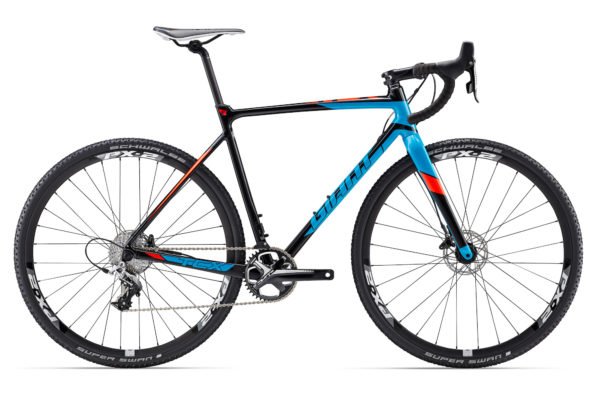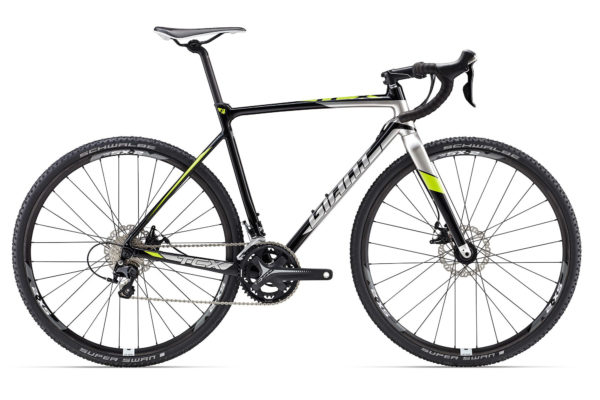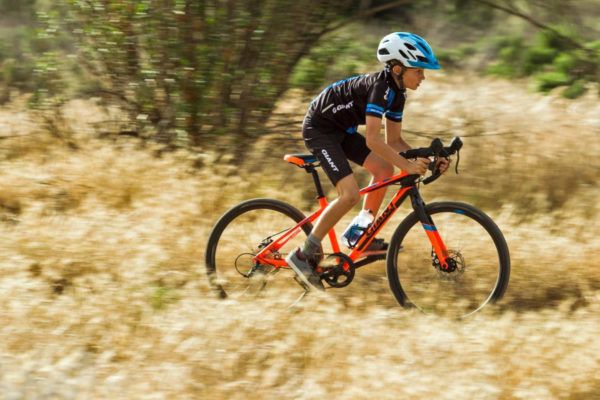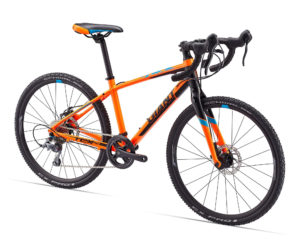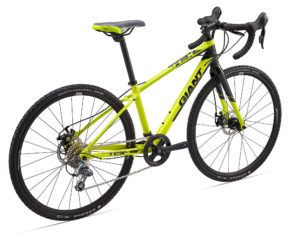Without much fanfare, Giant has snuck some modernized updates into their World Cup winning carbon cyclocross bike – the same TCX Advanced ridden by Dutch crosser Lars van der Haar. The bike get updated thru-axle and disc brake standards for smooth compatibility with the latest components and wheels. At the same time that their top bike gets updated, their more affordable aluminum TCX SLR bikes get reworked with those same standards. And for your budding cross grom, a pair of new alloy Espoir bikes will give young riders a solid start. Take a closer look after the break…
TCX Advanced Pro
The new Advanced carbon bikes drop last year’s 15mm front thru-axle in favor of the now dominant 12mm axle standard both front and rear. Up until this season it had been a mix of axle diameters, so now it’ll be time to stick with 12mm end caps for all of the wheels in your cross pits. We already had a preview of the update when we saw the gravel-focused SX version of the bike back in June.
The bikes also switch to flat mount disc brakes. Giant had already been one of the few companies offering compatibility with the smaller 140mm rotors in their previous post mount, but now with the swap to flat mount calipers, riders get an easier and cleaner swap to the rotor size of their choice.
The TCX Advanced comes in two builds. The top TCX Advanced Pro 1 in lime/black (above) sells for $4400/4200€ with a Shimano Ultegra Di2 1×11 drivetrain and Giant’s own CXR1 tubeless wheels. The TCX Advanced Pro 2 is a good bit more affordable at $2575/2400€, sharing the same full carbon frame, fork and D-Fuse SL seatpost but with a SRAM Rival 1 groupset and lower spec house brand wheels.
TCX SLR
On the alloy front, the TCX SLR gets the same upgrade to 12mm axles and flat mount discs. That’s an even bigger update here, as last season’s aluminum TCX had still been running QR axles out back. The alloy bike gets a bit of a reworking of its seat clamp as well, to get the same performance as on the carbon bike with the D-shaped proprietary carbon seatpost. Even though the TCX SLR carries over the race geometry and focus of its carbon big brother, it still retains more versatility with fender mounts on the fork, and hidden rack+fender mounts out back.
The aluminum TCX will be available in one or two specs this season, depending on where you are. A black/blue TCX SLR 1 with a Rival 1 group will be available in some limited markets (above), while in the US and EU the black/silver TCX SLR 2 will sell for $1240/1200€ with a 105 double and TRP Spyre mechanical disc brakes.
TCX Espoir
On the kids side of things Giant has a couple of new alloy bikes either with 24″ (orange) or 26″ (lime green) wheels to suit smaller riders. Built around a couple of light aluminum frames with the same ALUXX tubing concepts as the adult SLRs, the Espoir bikes get compact sloping geometry better suited to getting kids into the sport, with more standover.
Matched with the smaller wheels are low Q-factor cranks, short-reach & narrow drop bars, and bar top brake levers for added confidence. Braking is handled by mechanical disc brakes as well, to keep the bikes under control. The kids’ bikes do stick with QRs and post mount brakes, but at least they do get size-appropriate small rotors.
Their availability appears to be limited as well, although we do see some of them popping up in the US and at least some European markets($710/675€ for the 24″ bike).
